The Age
16 June 2017
Noel Whittaker
Pensioners have long prized the pensioner concession card. For years, the government of the day has allowed any person receiving even one dollar of age pension to be eligible for this precious card and all the benefits that come with it.
Then came January 1, 2017, when the asset test taper rate was tightened. This caused many pensioners to lose not just the pension, but also the pension card.
Of course, there was a predictable outcry. The government responded by promising that any pensioners who lost the pension card as a result of the asset test changes would receive an automatic health card to replace it. Many did receive the card, but some unlucky pensioners missed out.
Any pensioners who owned their own home with assets above $817,000 for a couple or $542,500 for a single lost their pension. Non-homeowners are allowed an extra $200,000 in assets. The pension is calculated under an income test and an asset test: whichever test gives the lower amount is applied and that amount of pension paid.
Under the income test you are allowed six fortnights when your income can be temporarily above the limit and still retain your pensioner concession card and its entitlements. When your income drops again the pension payments resume.
Take the example of Mary, a 66-year-old widow who owns her own home and does some part-time work earning
$375 per week. Mary had $500,000 in investments, a car worth $20,000, household contents of $5000 and $25,000 in the bank – a total of $550,000 or just over the asset threshold.
Last year Mary was receiving a part-pension of $365 per fortnight and a pensioner concession card.
Her employer asked Mary to do some extra shifts over Christmas and this lifted her wages to $775 a week. This meant she received no pension at the end of December because her income was above the limit.
Mary knew she wouldn’t receive any pension after January 1 because of her assets but expected to receive the automatic health card to compensate for the loss of her pensioner concession card.
This didn’t happen, because of an obscure pension rule that said she was affected by the income test, not the asset test, on January 1 even though her assets were above the new limit.
So Mary now has to pay $40 every time she goes to the doctor because she has lost bulk billing. She has to pay an extra $1100 a year for pharmaceutical scripts. And her rates have gone up by another $235 because she no longer has a pensioner concession card. All this because she earned an extra $800 over Christmas.
Mary is much worse off financially: had she known about this rule, she could have not worked the extra time and received the automatic health card. But there was no information on any government websites and it seems few people knew about it.
In the latest budget the government has proposed to return the pensioner concession cards to those who lost them on January 1. However, if the same rule is applied, Mary will miss out again.
When it comes to cards, some former pensioners continue to be dealt a lousy hand.
My advice is to take this up with your local federal member. As I see it, it’s an unexpected and unintended consequence. It’s now up to the government to make matters right.
This story was found at: http://www.theage.com.au/money/planning/unlucky-seniors-still-caught-in-the-pension- card-trap-20170615-gwrmke.html


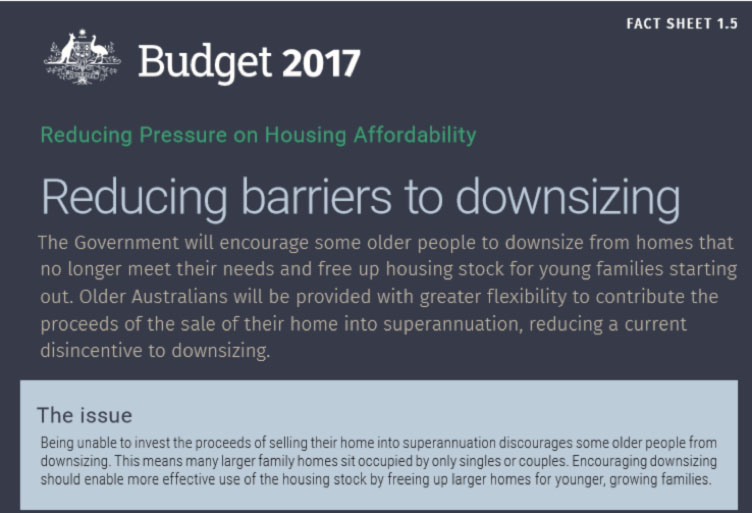
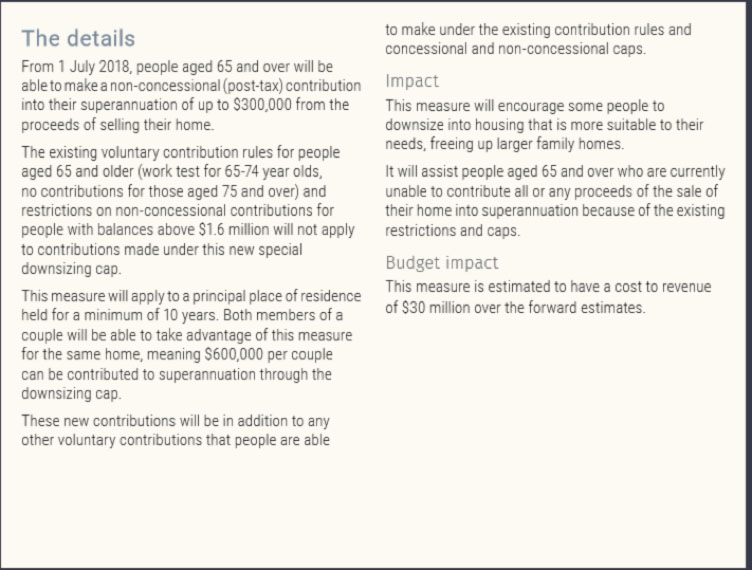
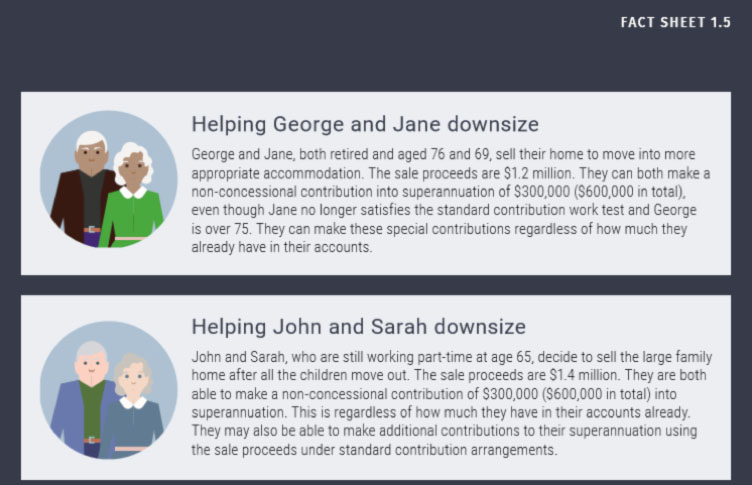
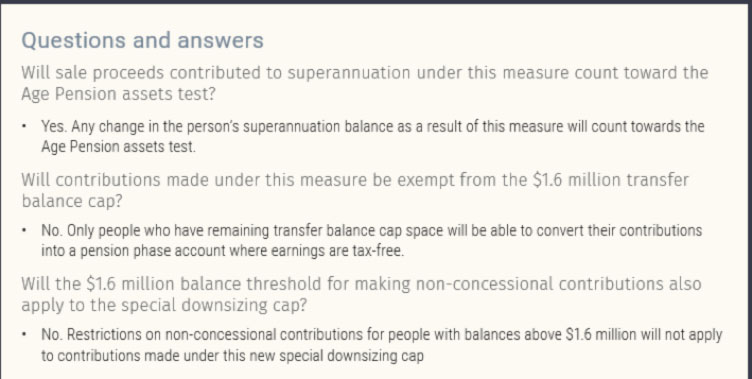
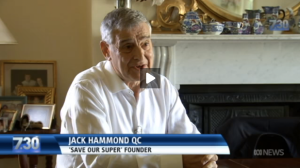

Out of all the whinging, the retrospective whinge is by far my favourite whinge. The golden rule is to highlight the hypocrisy of the whinger. It’s no good debating them on definitional grounds – They’ll never agree. To rebut the whinger who relies on the ‘retrospective’ changes, ask them the following –
Did they make the similar complaint in 2006 when Costello made all outputs from super tax free? Changes to super in 2006 weren’t grandfathered so clearly the changes were ‘retrospective’ in nature. Did the whingers of today whinge then too?
Enjoy the blank stare that lingers from the face of the (now silent) whinger…..